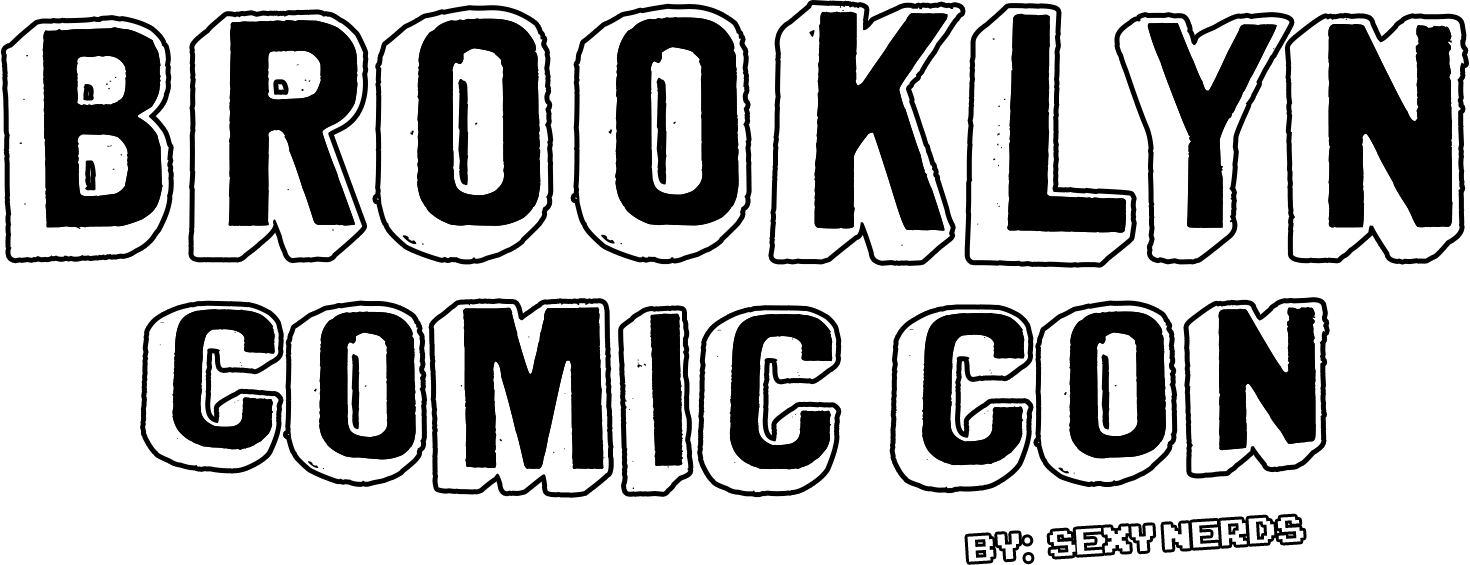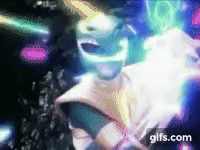The Original Power Rangers
"Mighty Morphin Power Rangers," a show that became a defining part of '90s culture, had its beginnings in Japan. Originally adapted from the Japanese series "Super Sentai," specifically "Kyōryū Sentai Zyuranger," the show was brought to American audiences by Haim Saban. This adaptation was unique in its approach, combining footage from the original Japanese series with new scenes filmed with American actors. This formula not only preserved the action-packed sequences of the original but also allowed for localized storytelling, creating a global phenomenon.
The Power Rangers
The show featured an ensemble cast that became iconic for their roles as the color-coded Rangers. With Austin St. John as Jason (Red Ranger), Walter Jones as Zack (Black Ranger), Amy Jo Johnson as Kimberly (Pink Ranger), David Yost as Billy (Blue Ranger), and Thuy Trang as Trini (Yellow Ranger), the series highlighted an impressive blend of acting and athleticism. Each actor brought their character to life with a distinctive flair, embodying the virtues of teamwork, courage, and friendship that the show celebrated.
Rita and Her Minions
"Mighty Morphin Power Rangers" featured a colorful array of villains that brought chaos and challenge to the show. At the helm was Rita Repulsa, the fearsome space witch with a penchant for dramatics and destruction. She was supported by Goldar, her loyal if bumbling warrior, and an army of foot soldiers known as Putties. These clay-like creatures were Rita’s first line of offense, often swarming the Rangers in large numbers before the main monster of the episode took stage. The monsters themselves were a highlight, each crafted from everyday objects or fears, embodying a mix of the absurd and the terrifying, and ensuring the Rangers had their hands full each episode. Rita’s constant scheming and the recurring waves of Putties created a dynamic threat landscape, keeping the Rangers and viewers on edge.
Zordon and Alpha 5
The Power Rangers were guided and mentored by Zordon, an interdimensional being trapped in a time warp. His wisdom and guidance were crucial to the Rangers, especially in moments of moral dilemma or uncertainty. Alongside Zordon was Alpha 5, a robotic assistant whose catchphrase "Ai-yi-yi-yi-yi!" captured his anxious yet caring personality. Both characters served as the backbone of the Rangers' operations, providing not just tactical support but also emotional guidance. Zordon’s role as a father figure and Alpha 5’s technological prowess were instrumental in the team's success against the forces of evil. Their presence brought a sense of stability and continuity to the series, anchoring the fantastical elements with a home base and a guiding light.
Bulk and Skull
Bulk and Skull, originally introduced as comedic bullies at Angel Grove High School, evolved significantly over the course of the series. Portrayed by Paul Schrier and Jason Narvy, the duo initially served as comic relief, often finding themselves in slapstick situations. However, as the series progressed, they developed into more layered characters, displaying moments of bravery and a desire to be heroes themselves. Their journey from antagonists to allies added a depth to their characters rarely seen in comic relief roles. By the end of the series, Bulk and Skull had endeared themselves to fans not just for their humor, but for their heart and surprisingly heroic tendencies, reflecting the show's themes of growth and redemption. This evolution also mirrored the show's overarching message that anyone can change for the better and make a positive impact.
The Green Ranger Arc
Green Ranger Hadouken!
One of the most compelling story arcs of the series was the introduction of Tommy, the Green Ranger, played by Jason David Frank. Initially introduced as an enemy under Rita's spell, his redemption and struggle for control over his powers captured the audience's imagination. The Green Ranger's storyline, involving the powerful Dragonzord, was a turning point in the series, adding depth and complexity to the character dynamics.
Kaiju-Style Battles
Each episode featured spectacular fight scenes that culminated in Kaiju-style battles, where the Rangers' summoned their Zords—giant mechanical beasts that could combine into the Megazord. These battles, set against the backdrops of cityscapes or rugged terrains, were not only a nod to Japanese tokusatsu genres but also highlights of the show, showcasing the impressive special effects and choreography that became the series' hallmark.
The Power Rangers Movie
In 1995, the success of the TV show led to "Mighty Morphin Power Rangers: The Movie." While it featured an original storyline that did not directly follow the continuity of the series, it expanded on the universe with new Zords and villains. The film was a financial success and solidified the Rangers' status as cultural icons of the decade.
Enduring Legacy
Today, more than 28 years since it first aired, the Power Rangers franchise continues to thrive, with numerous iterations and seasons building upon the original's legacy. The enduring appeal of "Mighty Morphin Power Rangers" lies in its timeless messages of friendship, diversity, and the triumph of good over evil—themes that resonate across generations.
"Mighty Morphin Power Rangers" was more than just a TV show; it was a cultural phenomenon that introduced a new kind of superhero to young audiences around the world. Its blend of live-action drama, high-flying martial arts, and positive moral lessons has ensured its place in the annals of TV history. As the franchise continues to evolve, the spirit of the original series remains a beloved memory for fans and a continuing inspiration for new audiences.









